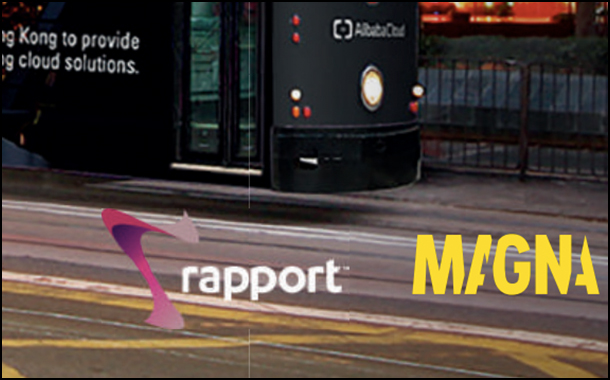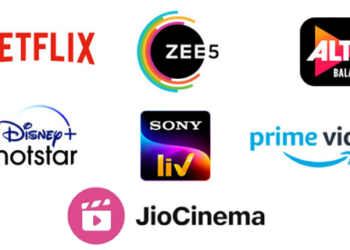Magna Intelligence and Rapport have released their latest report on global out of home media. The report reveals the state and trends of OOH in 70 countries, including total OOH spend, by segment, and digital vs static. This has been complemented by in-depth analyses and insights for the top 20 markets.

The report finds that OOH outperforms other traditional media formats and is the only segment that has experienced consistent growth in global advertising sales over the last ten years, thanks to digital innovation. APAC is the largest OOH region with almost USD$13 billion in sales in 2018, ahead of EMEA and North America. APAC is also the region with the highest OOH share (7.8% on average vs 5.6% globally).
According to the report, Global OOH advertising revenues grew annually over the last nine years (2010-2018), with an average growth of +4.1% per year over the period, to reach $31 billion in 2018. Retail is the largest contributor to OOH advertising revenues in most markets.
The US is the largest OOH market, which was worth approximately USD$7.4 billion in 2018, almost a quarter of global OOH ad revenues. The second largest market is Japan (USD$4.6 billion, 15%) followed by China (USD$4.0 billion, 13%).

The report points out that while other traditional media sectors are struggling to reach consumers in the digital age, OOH advertising is leveraging technology to remain relevant and attract new advertisers. For instance, high-yield digital billboards colonizing classic sites and new urban niches, to better audience measurement and the use of data to optimize cross-media campaigns in real time.
In addition, consumers are increasingly mobile and OOH does not suffer from the erosion of reach and audience that affects editorial media, or the brand safety issues that affect digital media. As a result, OOH is the only traditional media segment that has experienced consistent growth in global advertising sales over the last ten years.

“There has never been a more exciting time in the OOH (out-of-home) industry. The industry has exploited all the benefits of evolving digital technologies, but retain a unique geographical footprint in a way that no other medium can,” Michael Cooper, global CEO at Rapport, said,
The growing utilisation of OOH campaigns by digital media giants is both a testimony to the efficiency of OOH and a factor of future growth, as marketing spend in the sector is bound to grow further. Tech companies, such as Spotify, Amazon, Apple, Netflix, Hulu, have dramatically increased their spending in OOH advertising, across almost every world market in 2018.

Vincent Letang, EVP, global market intelligence at MAGNA, said, “OOH is the last advertising format that consumers can’t skip or block, and still reaching the young urban active. Combined with huge progress in campaign management, audience measurement and attribution, this explains why OOH advertising has grown steadily in the last ten years and will continue to grow, by 3% per year globally, in the next five years.”
In the report, global OOH ad sales are forecast to grow by 2.8% in the next five years (2019-2023) to reach USD$38 billion by 2023, while traditional media ad sales will be flat overall over the period. Magna also predicts the share of DOOH to grow to 28% globally by 2023 following an average growth rate of +12% of advertising sales between 2019 and 2023.
Gurpreet Singh, managing director at MAGNA APAC, said, “Growth in OOH spends is being largely driven by growth in digital OOH in most markets, and this will continue to be the big growth driver in coming years. As data and technology play an increasing role in OOH media, trading will move from buying ‘space & time’ to ‘impressions’ and ultimately we can expect it to move from buying ‘opportunity to see’ to ‘actual views and engagements’, bringing more accountability to this media. Interesting times ahead for OOH.”
Key Market Takeaways for India:
- The Indian OOH market is extremely fragmented and that is one cause of low DOOH penetration.
- Roadside billboard are the number on segment but transit and street furniture are developing faster.
- OOH NAR will grow by +12% in 2019 thanks to strong economic growth, general elections, and the cricket world cup.
- OOH NAR is forecast to grow by +7.5% per year in the next four years (2020-2023) driven by the opening of many new metro lines in major cities, starting in 2019.

















